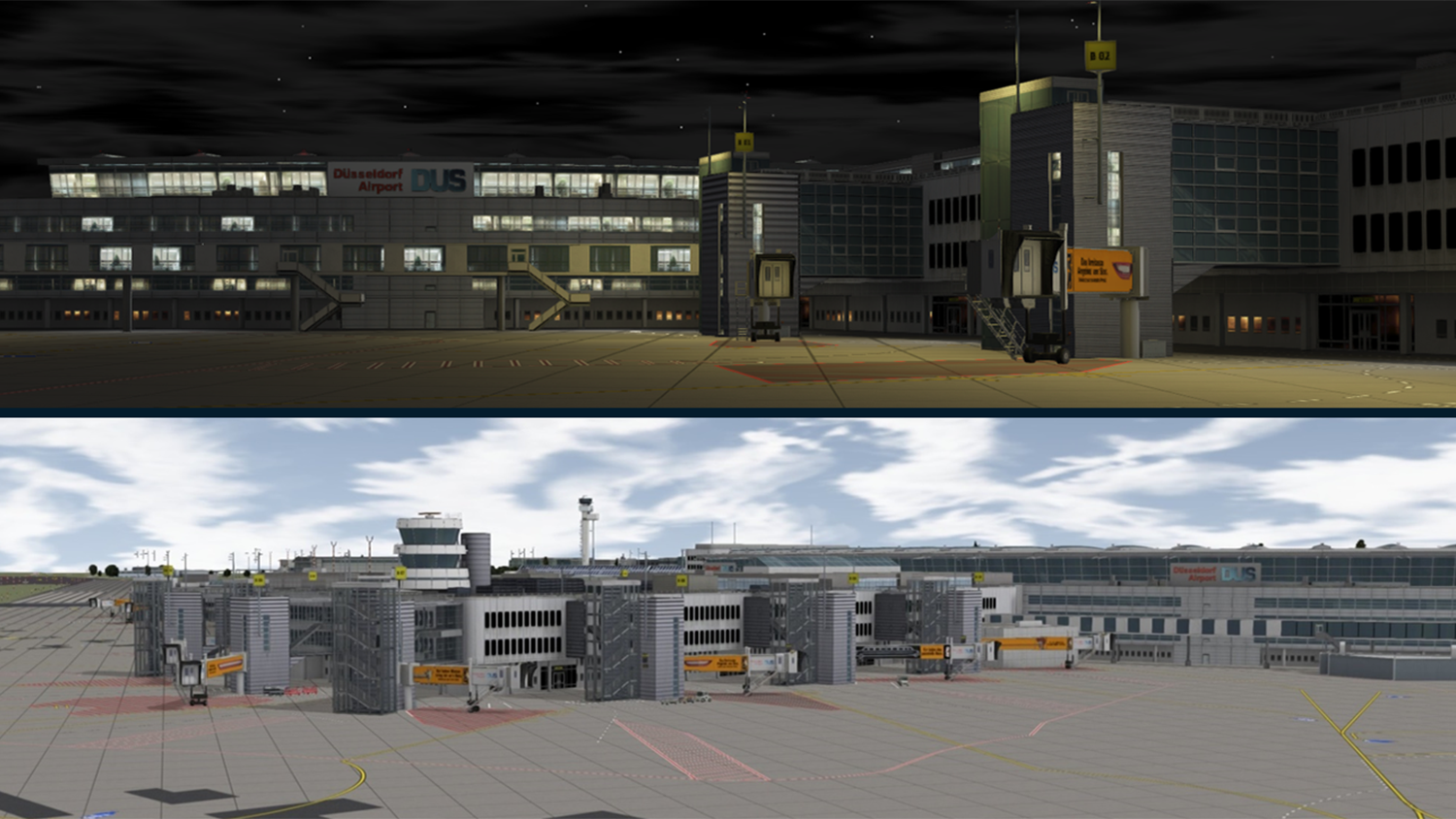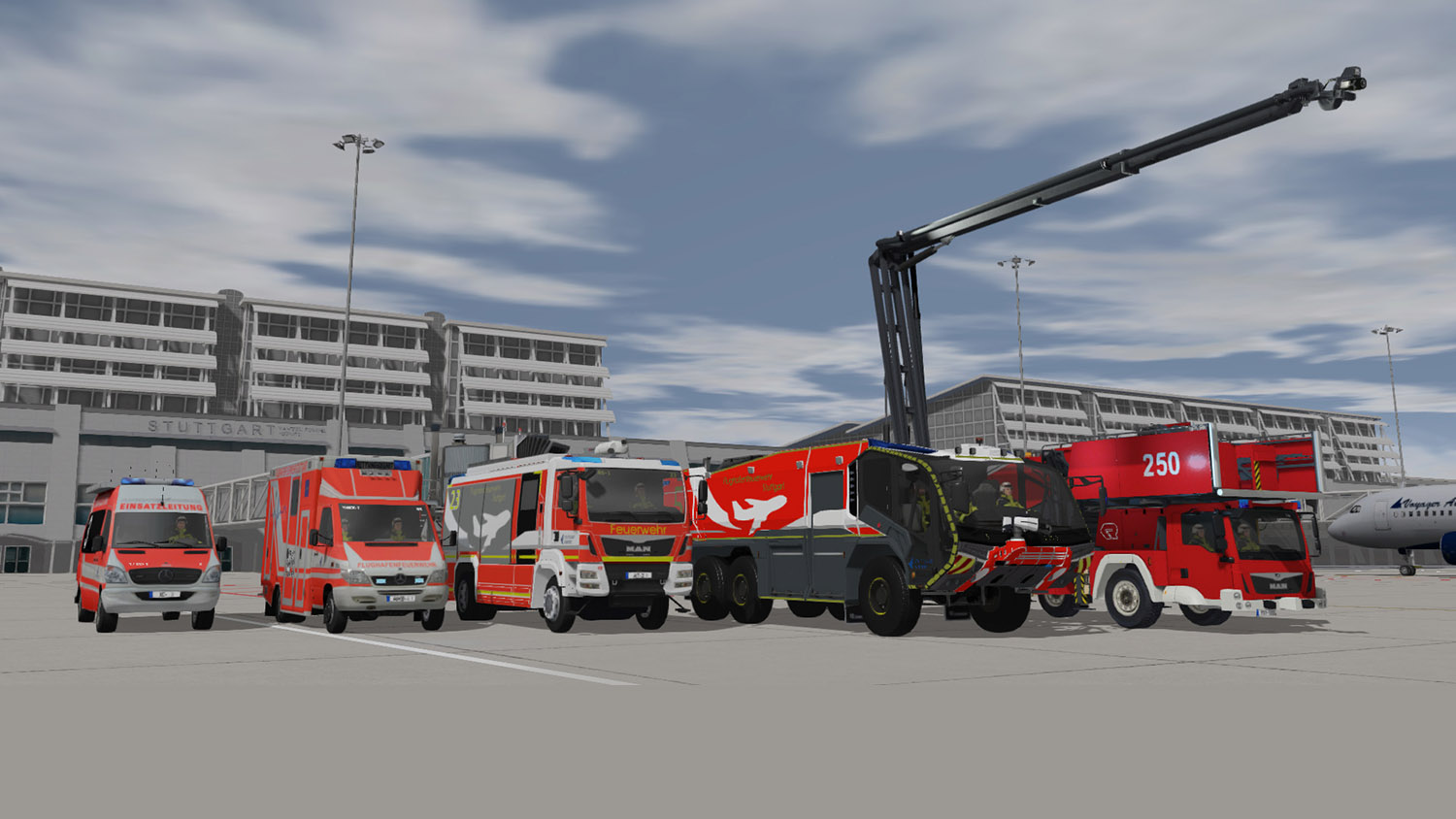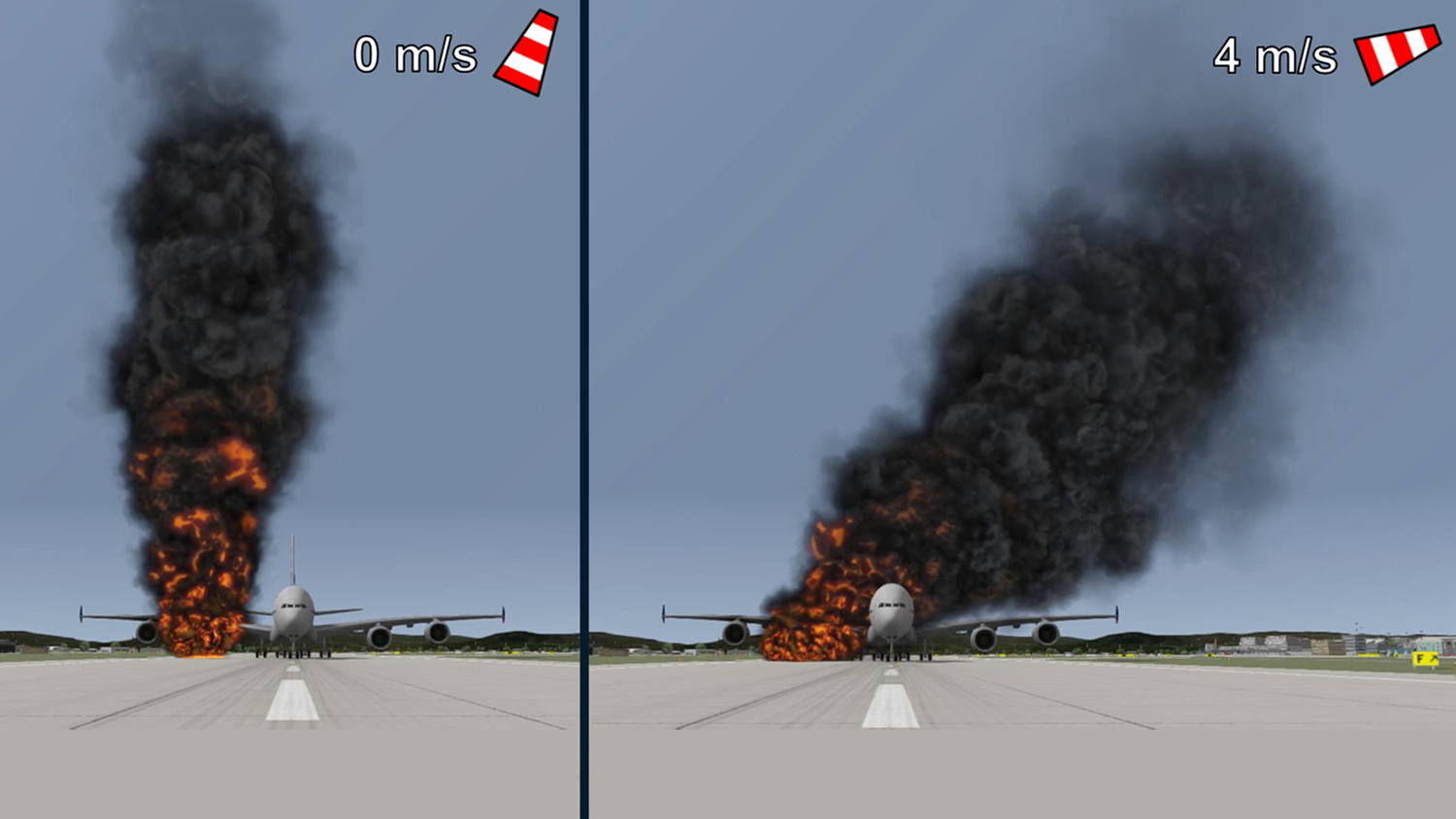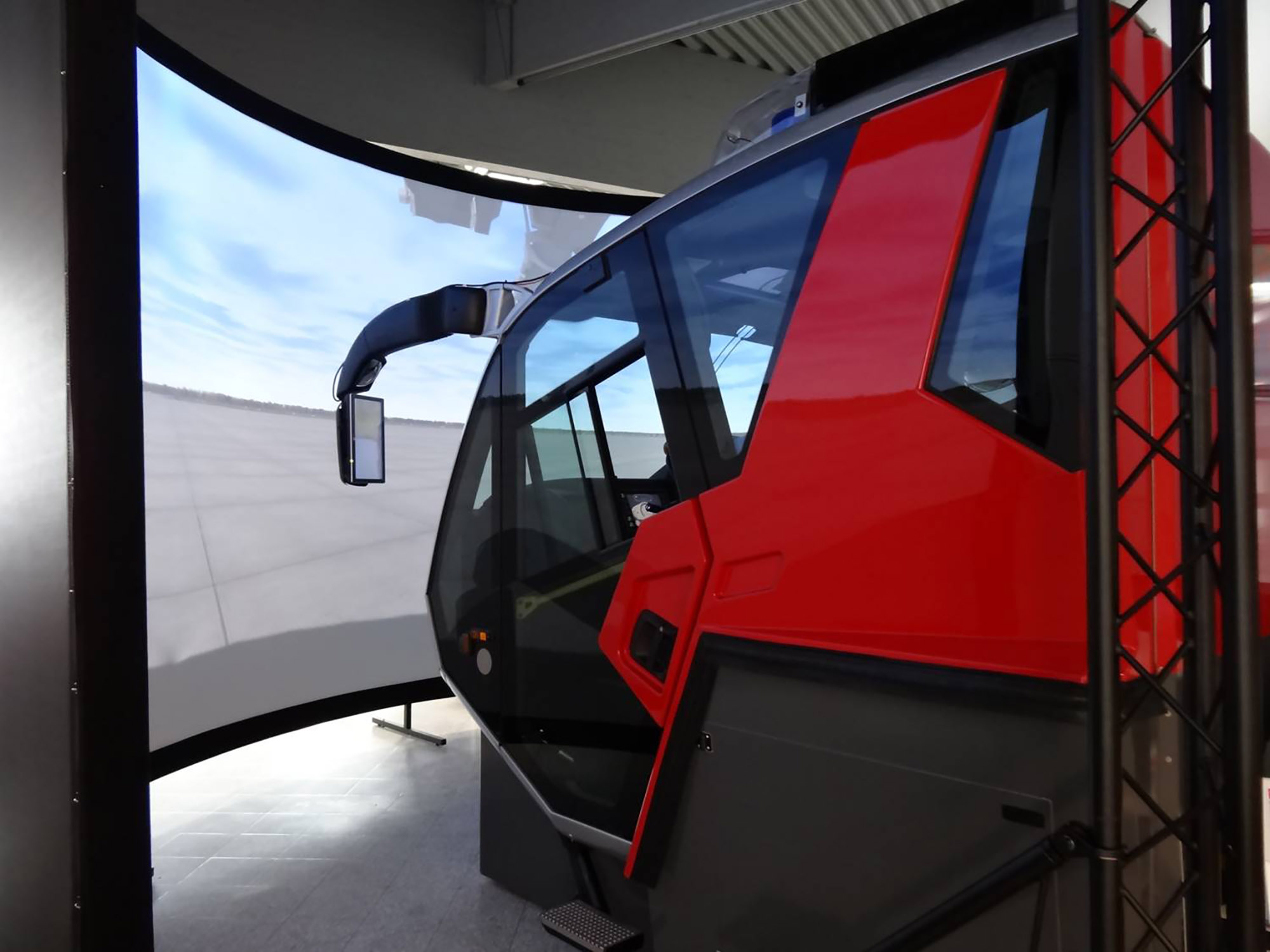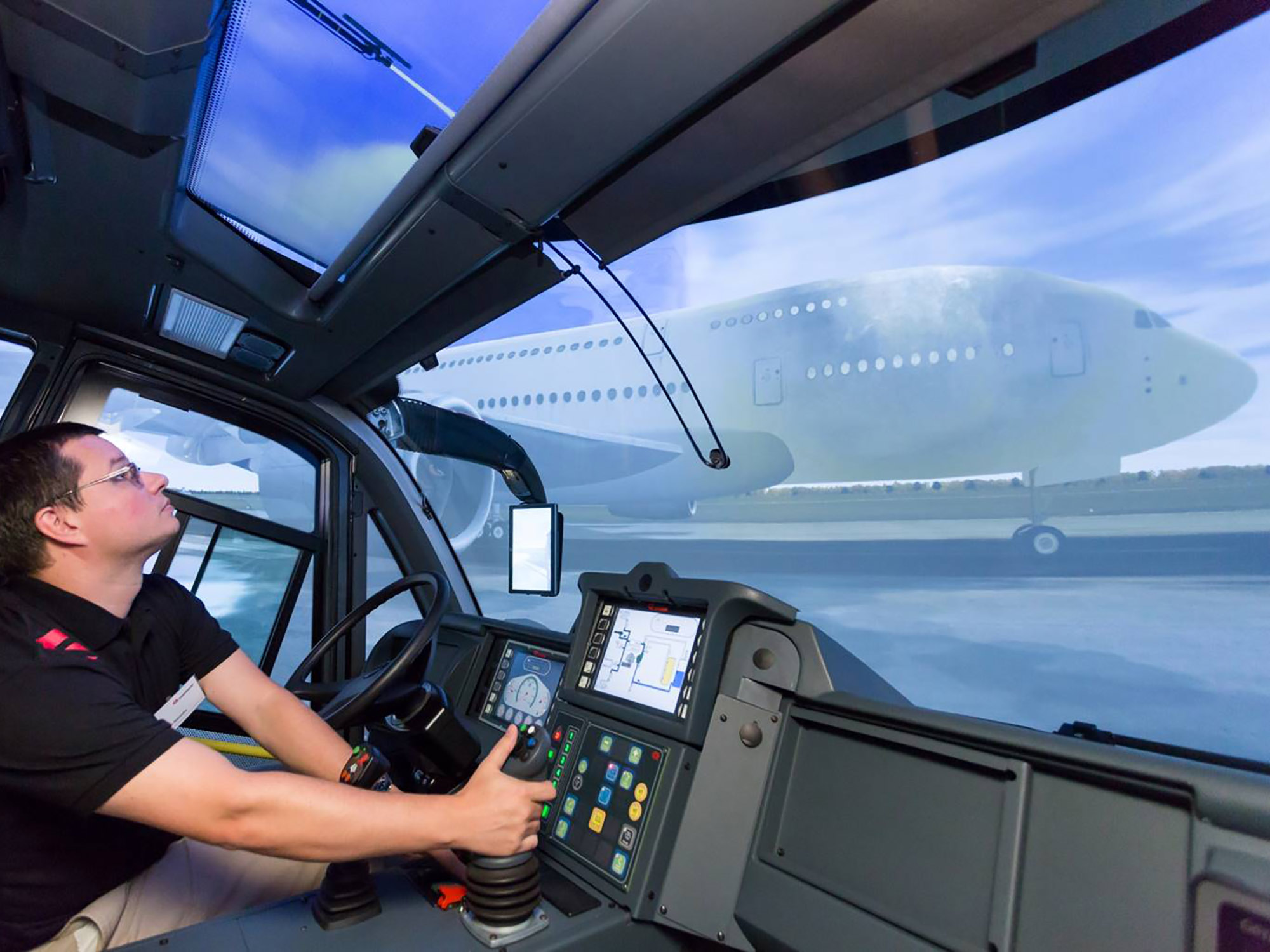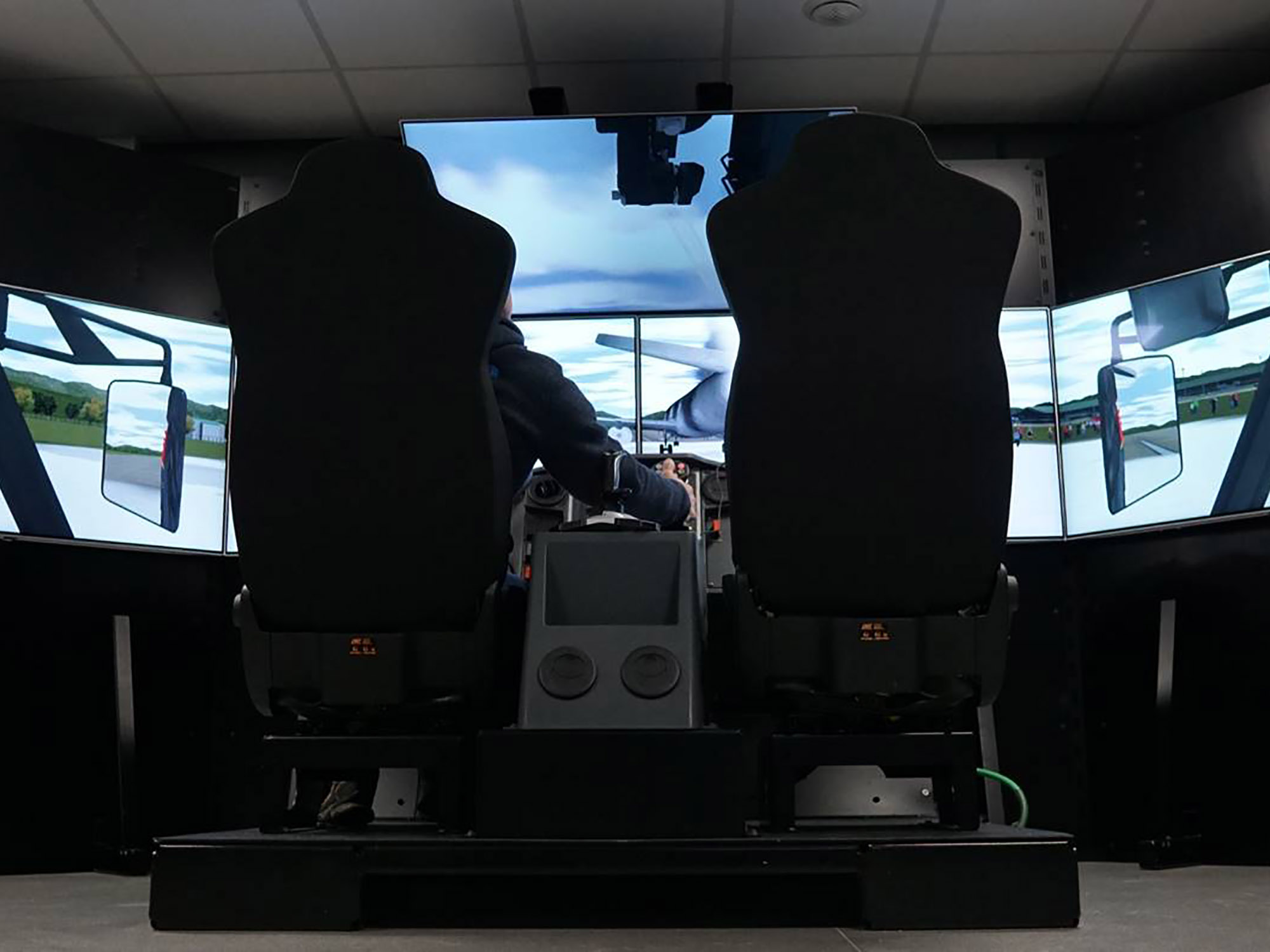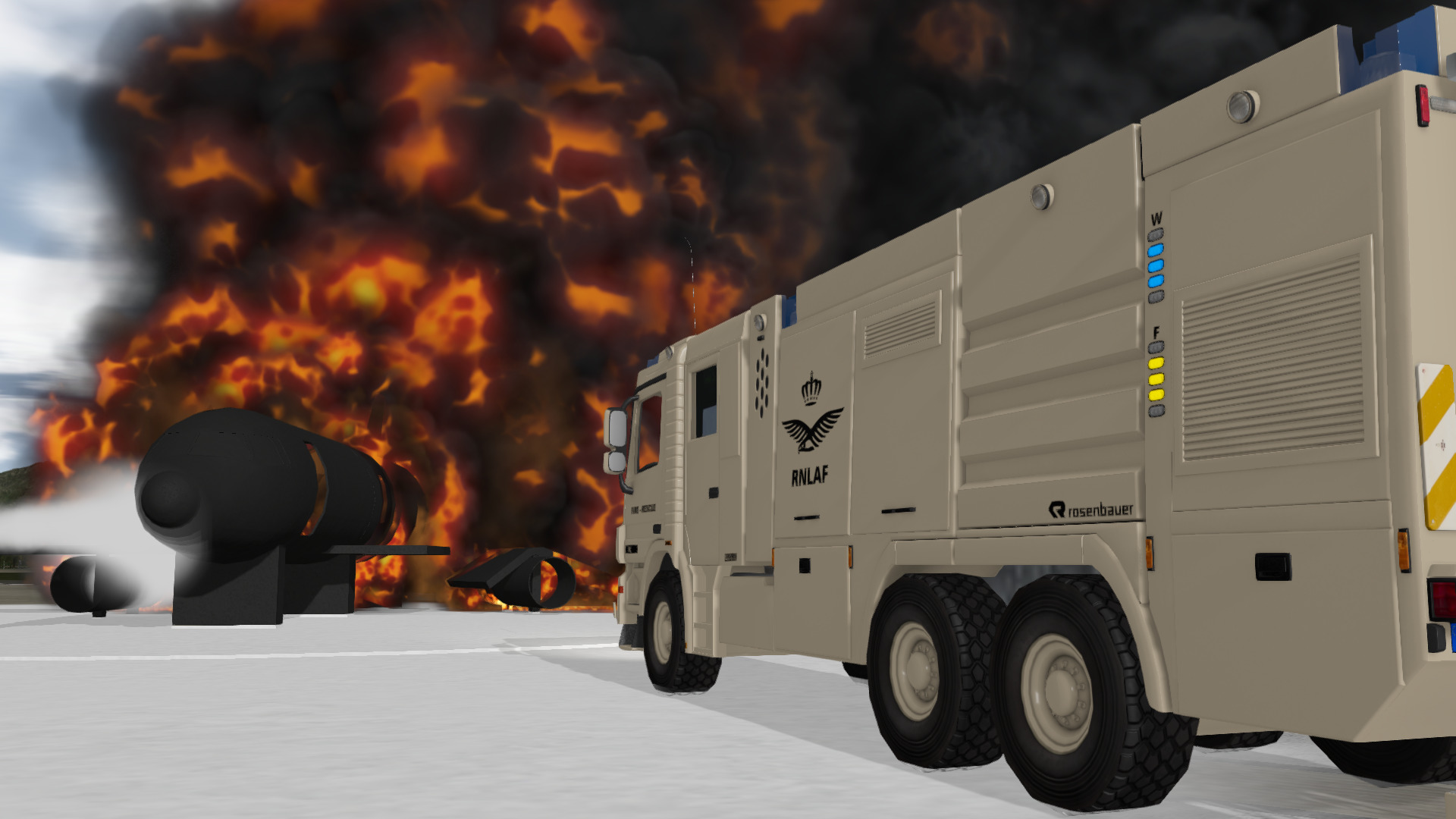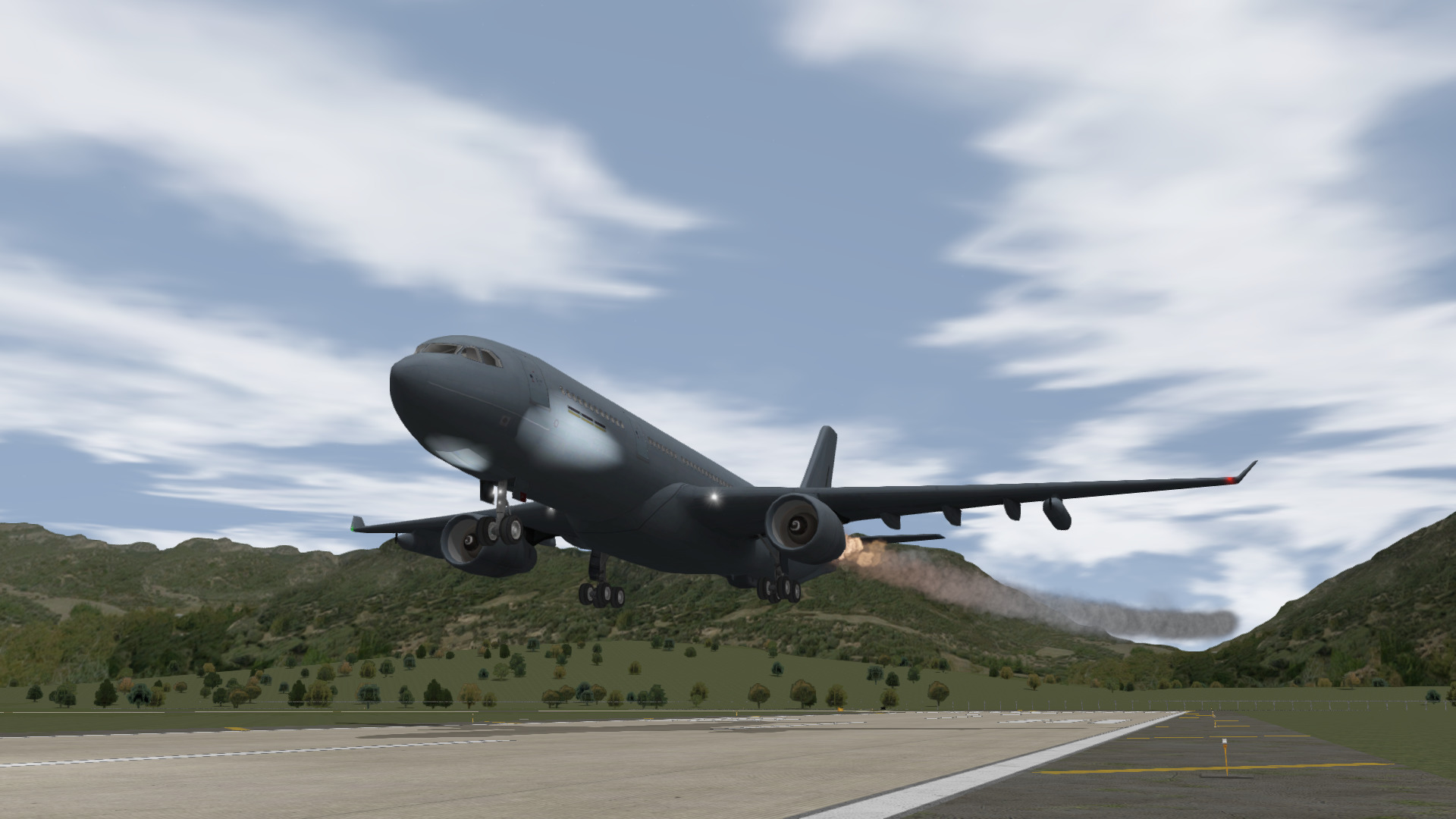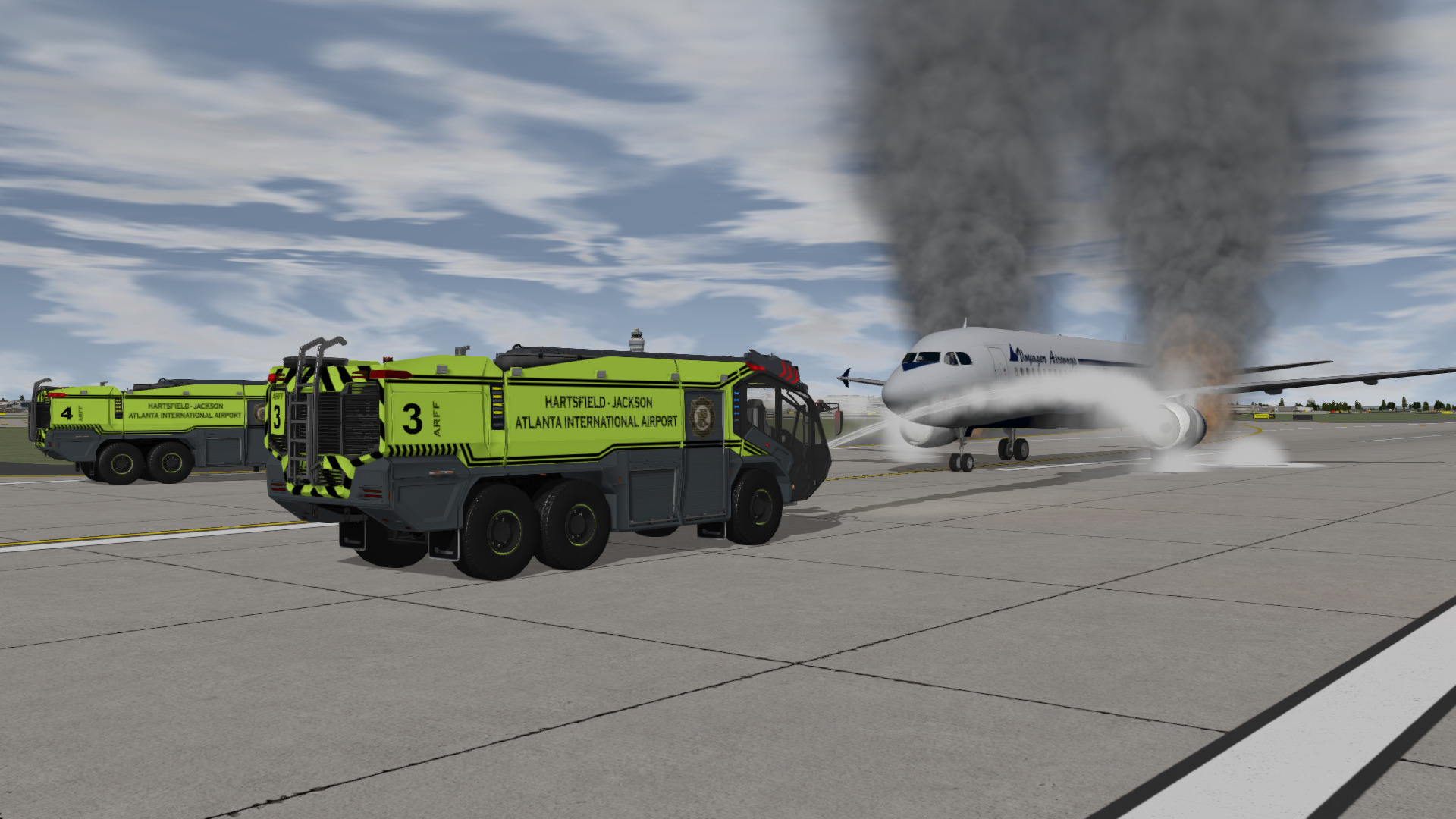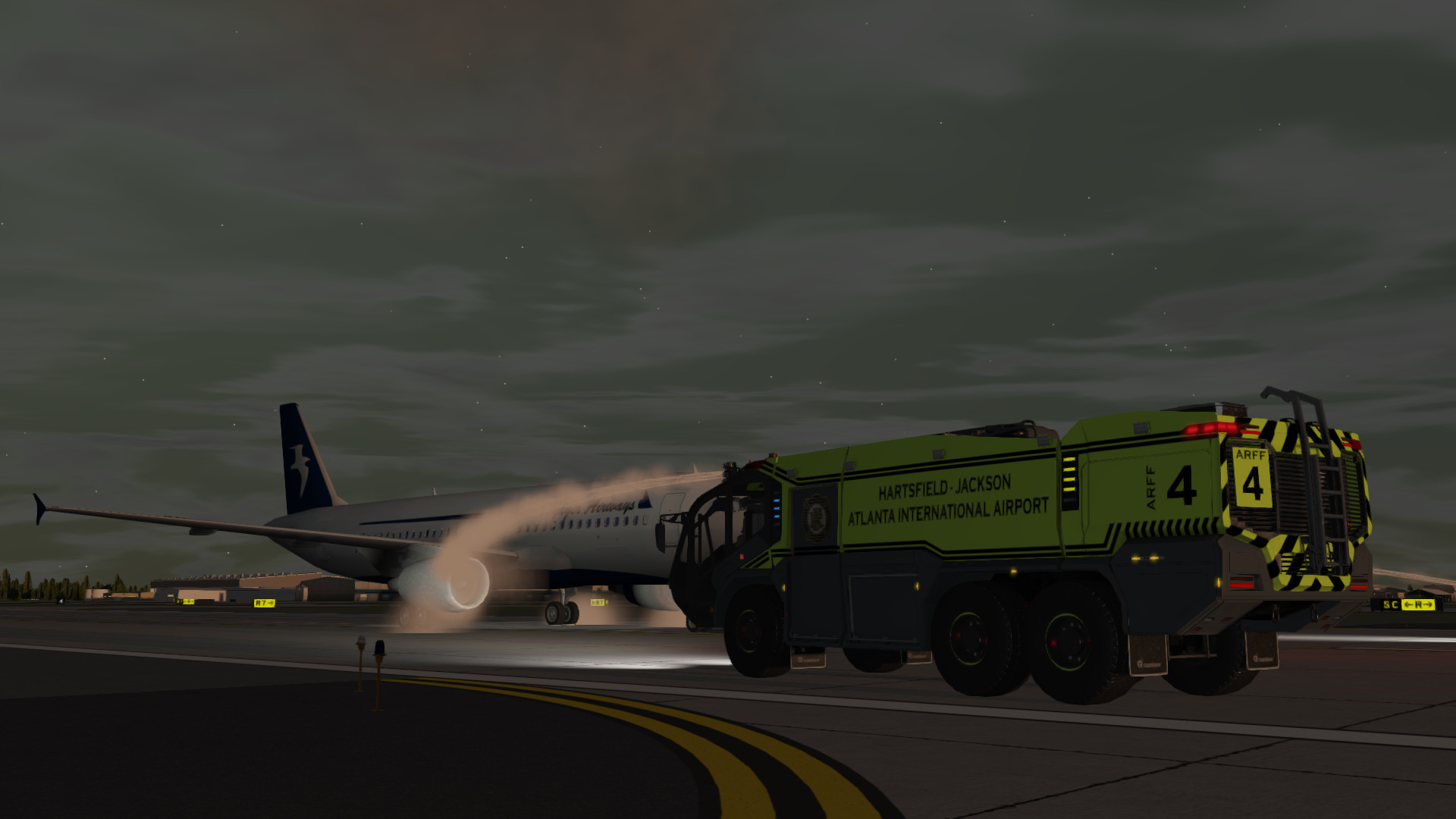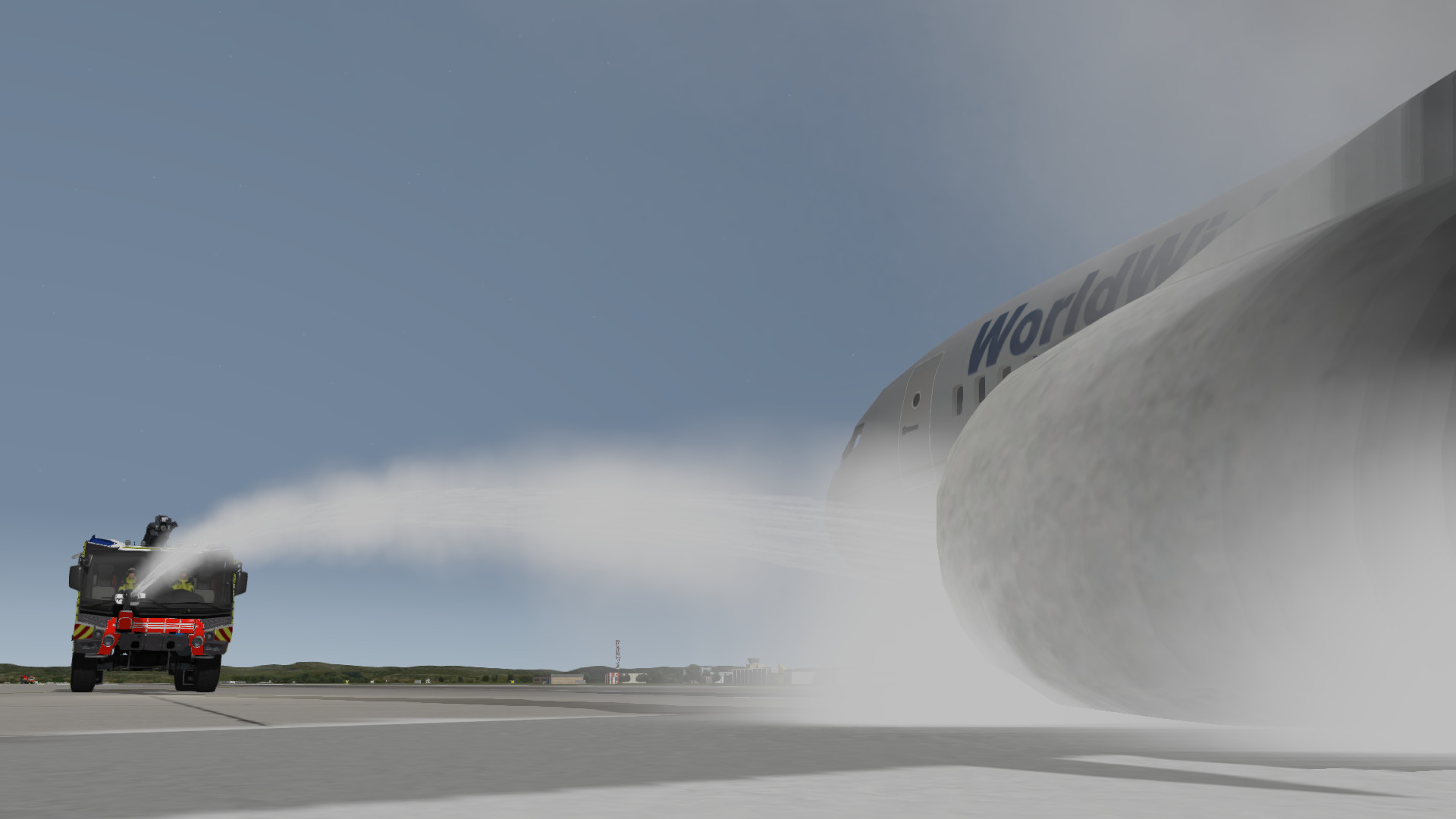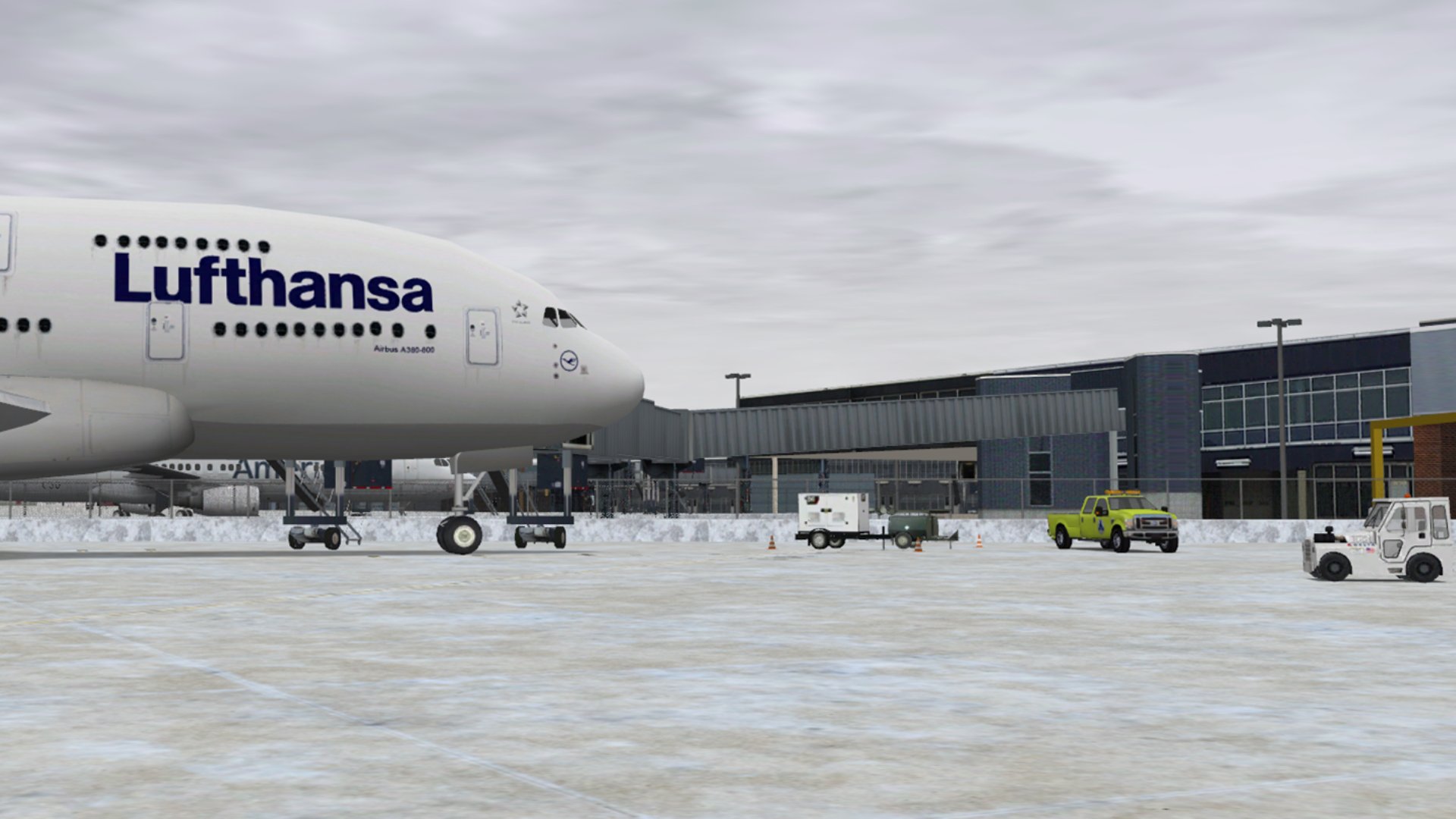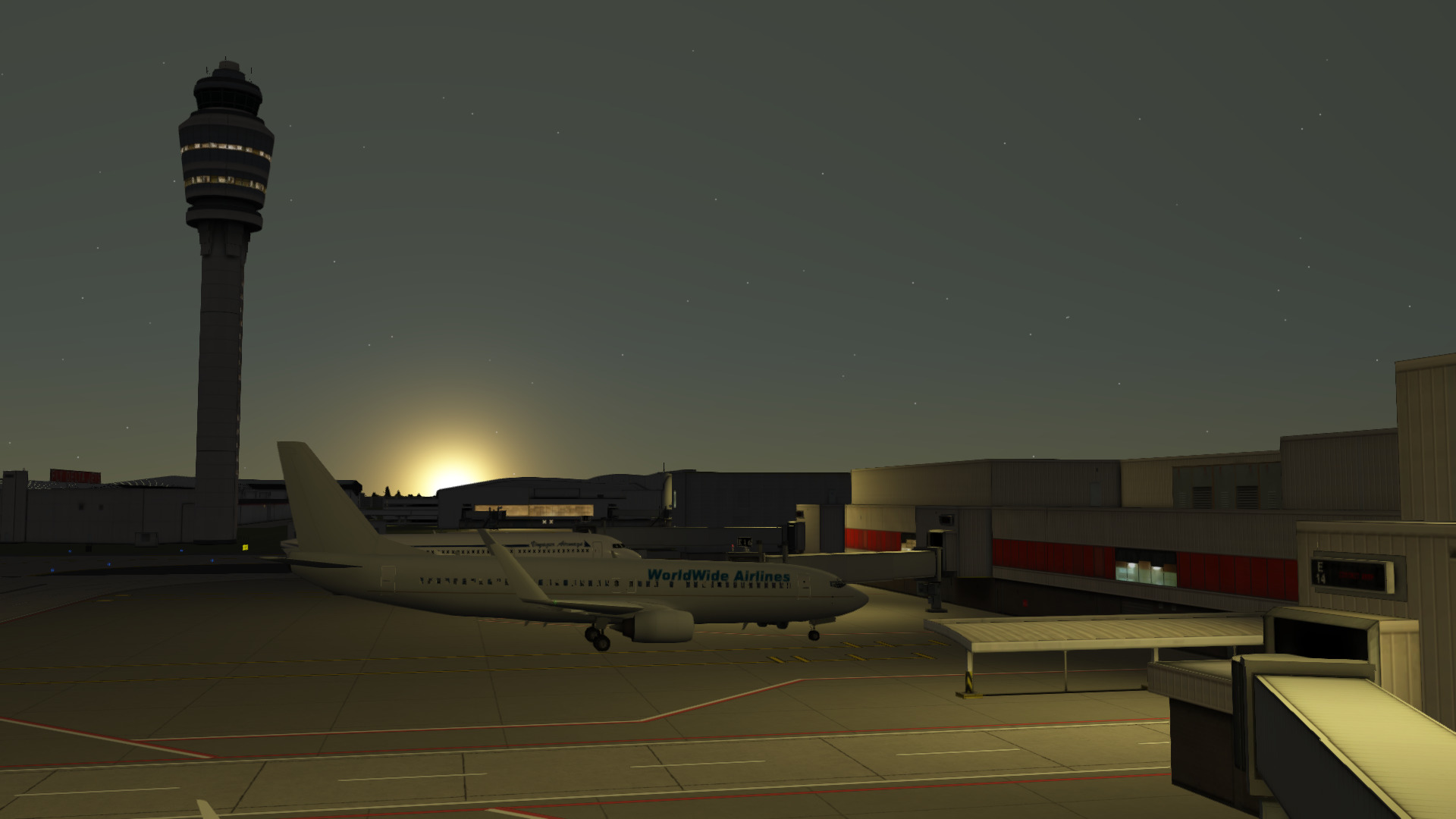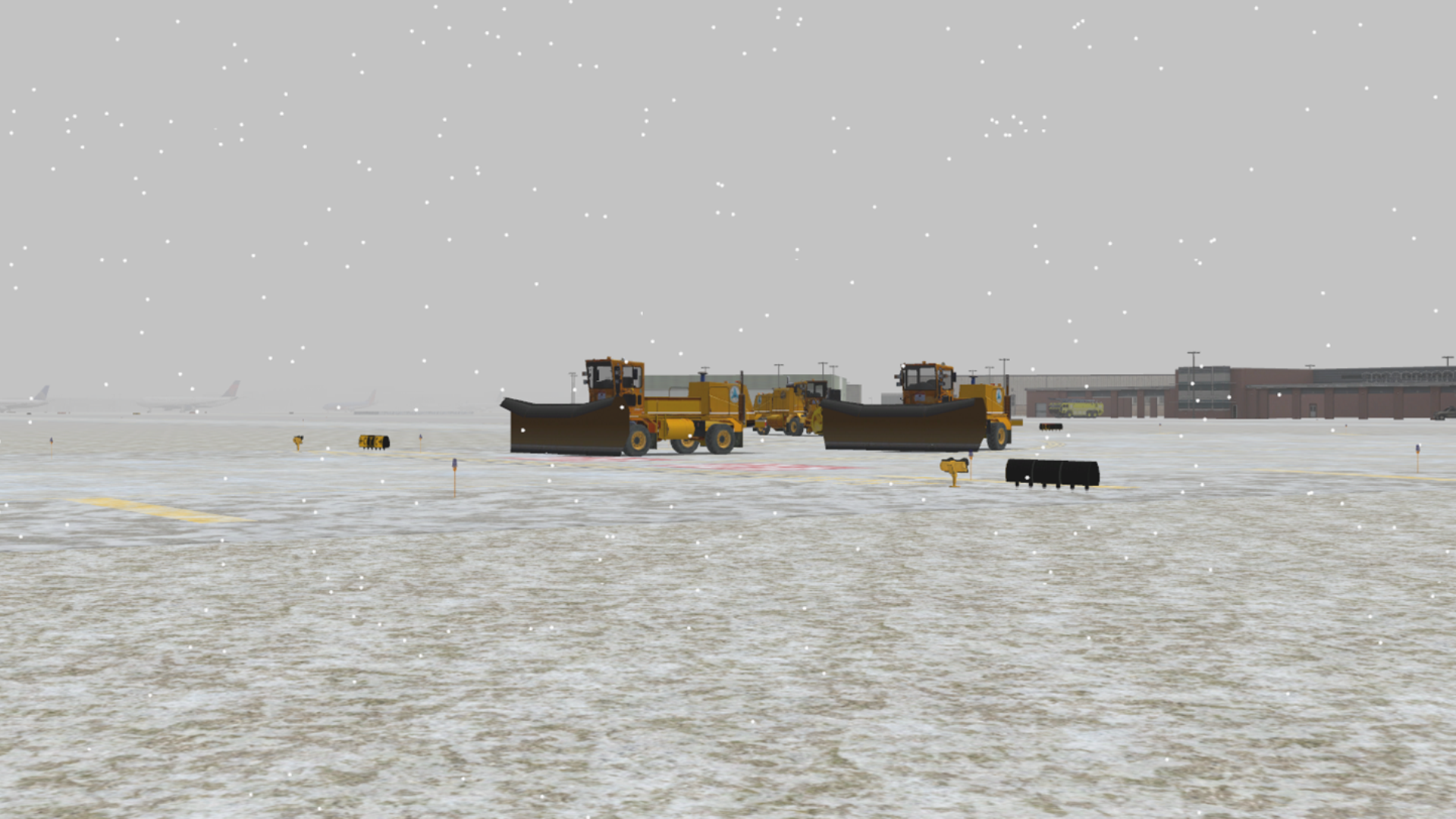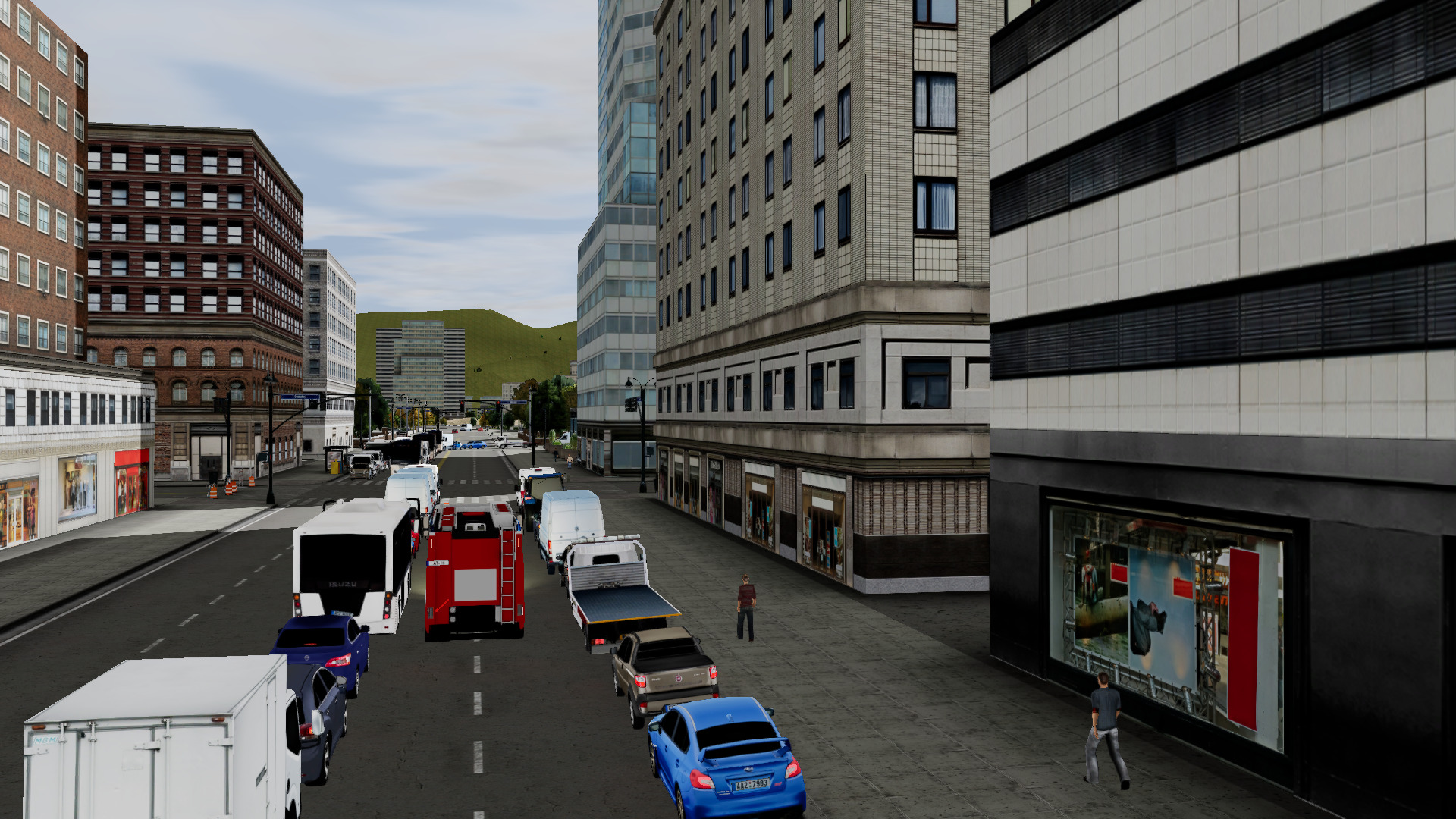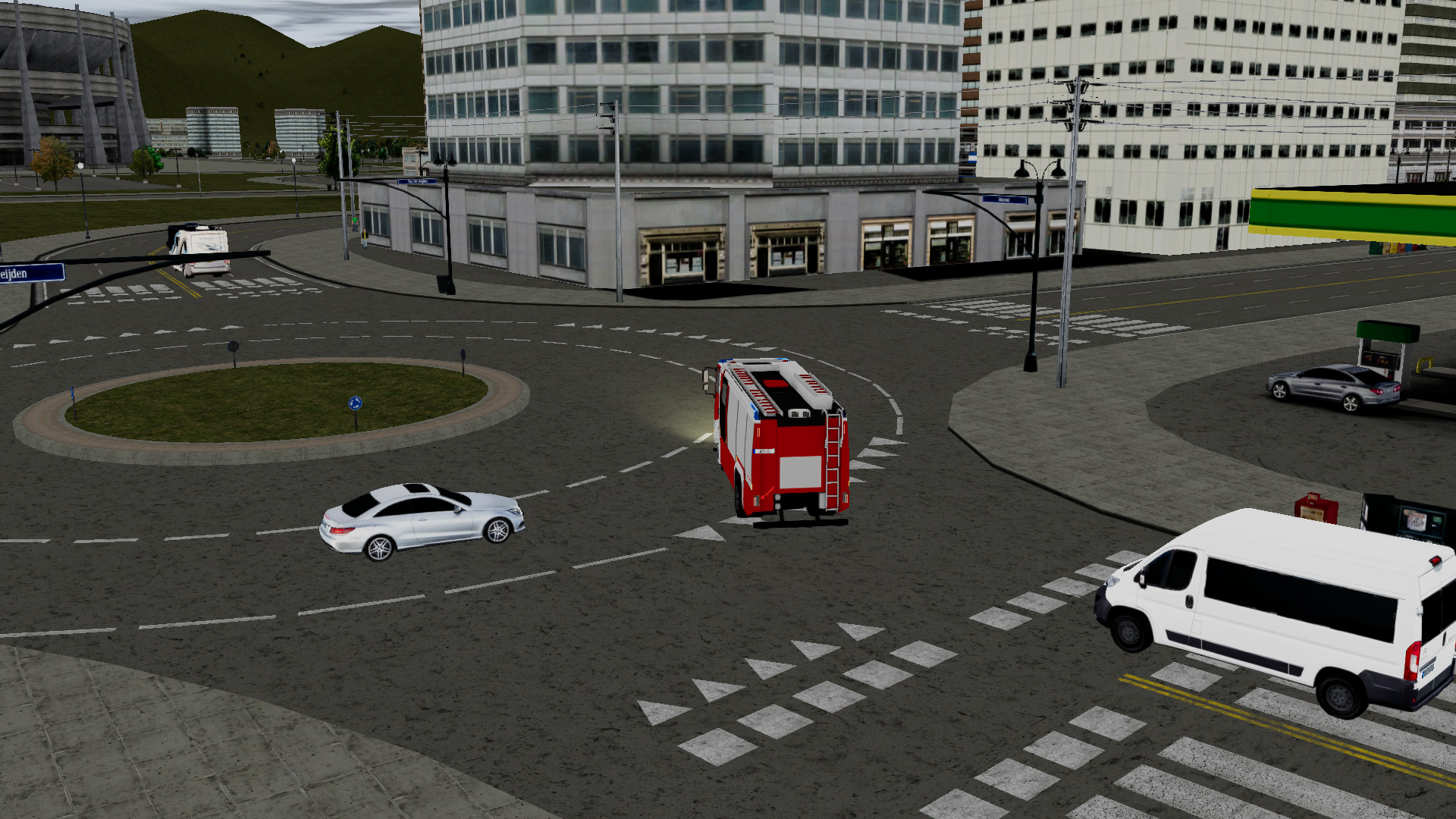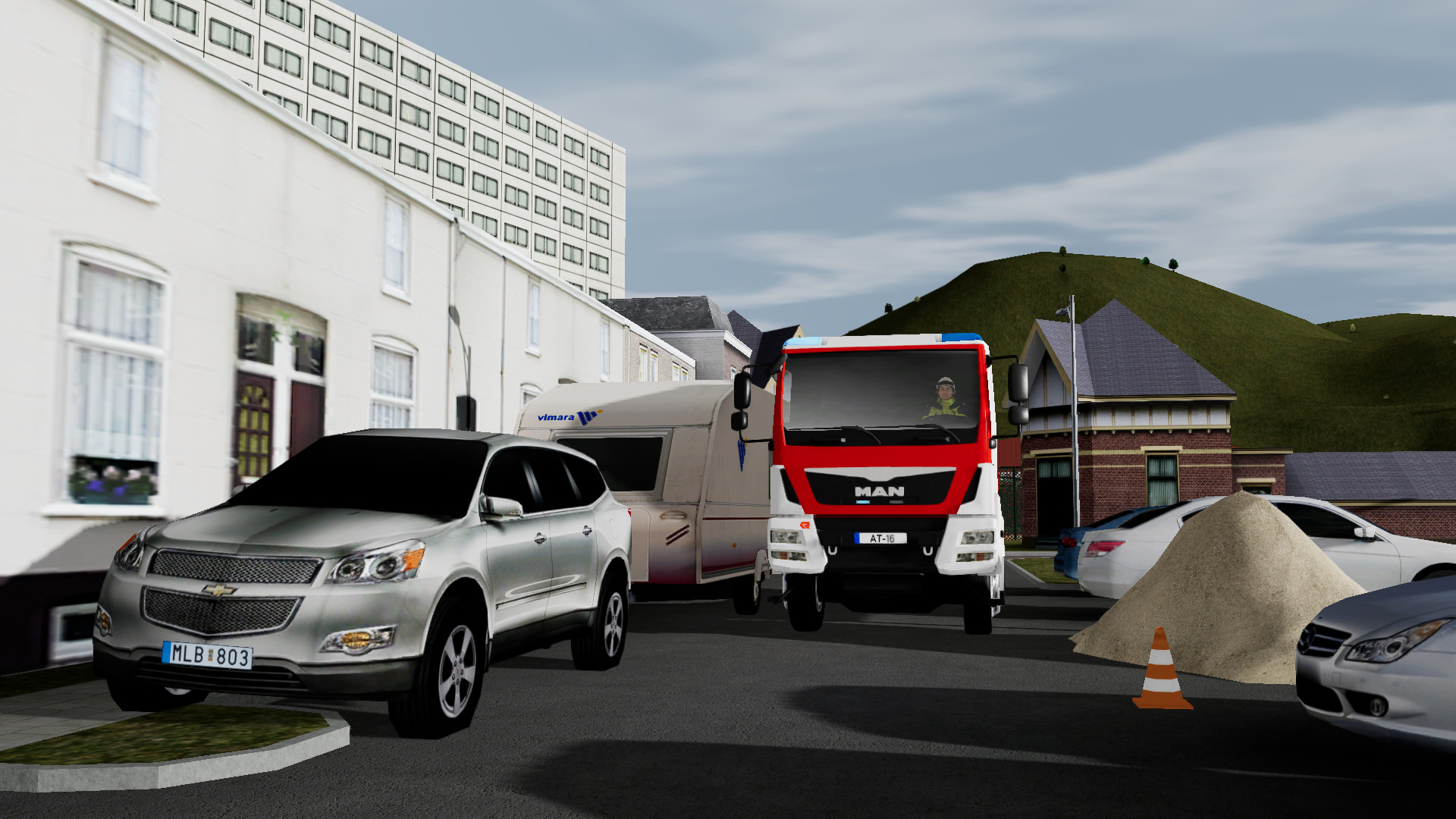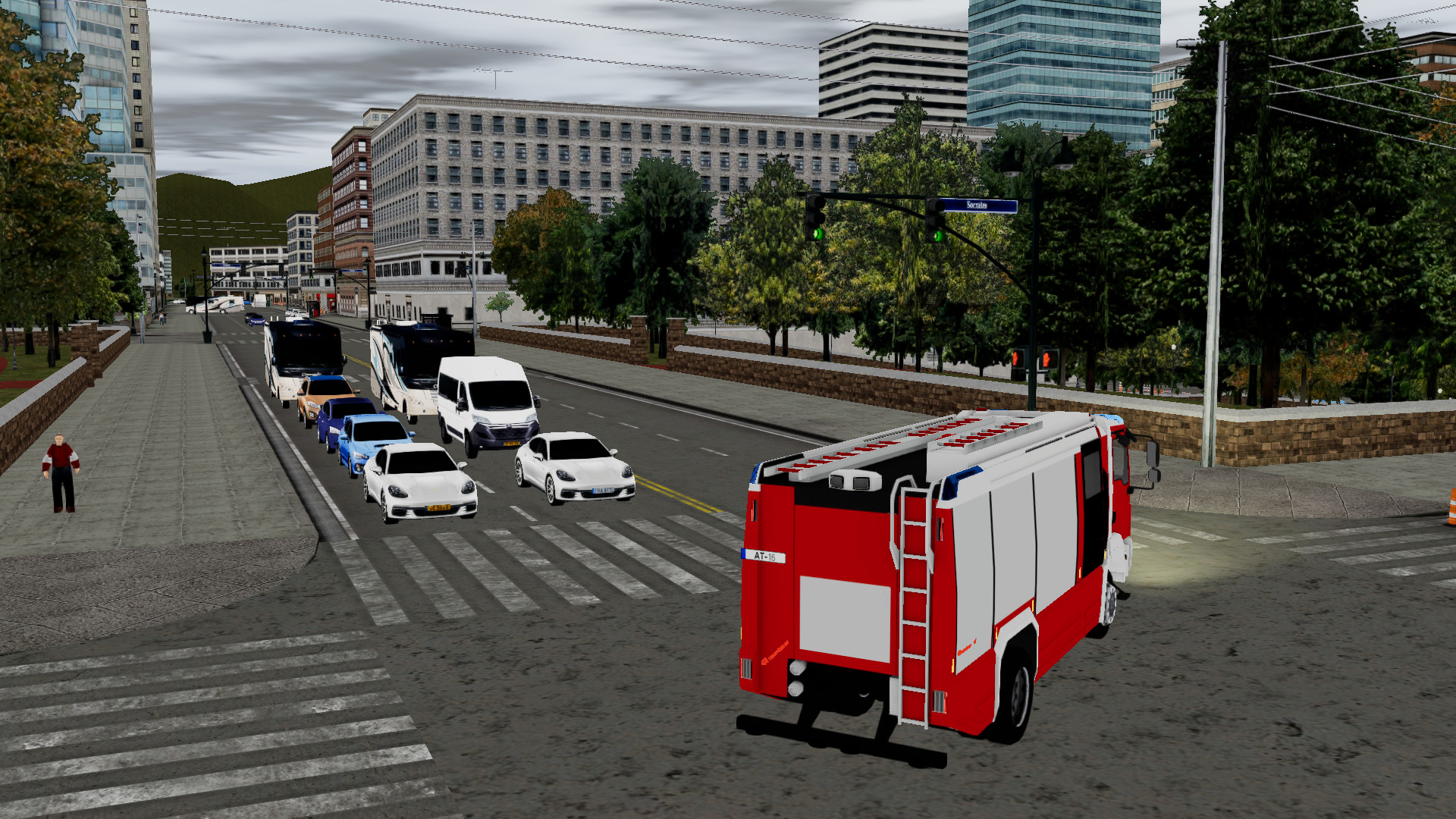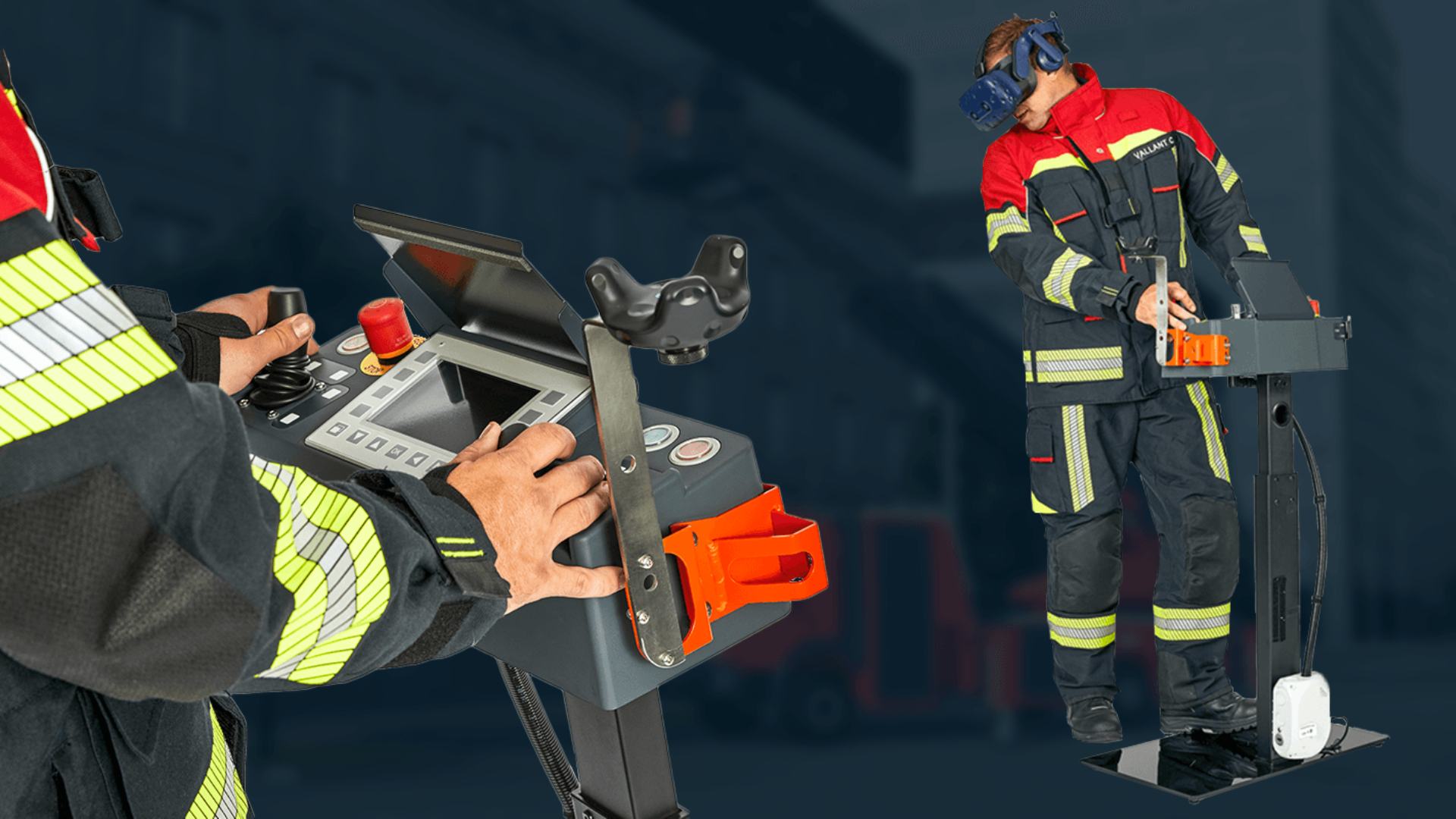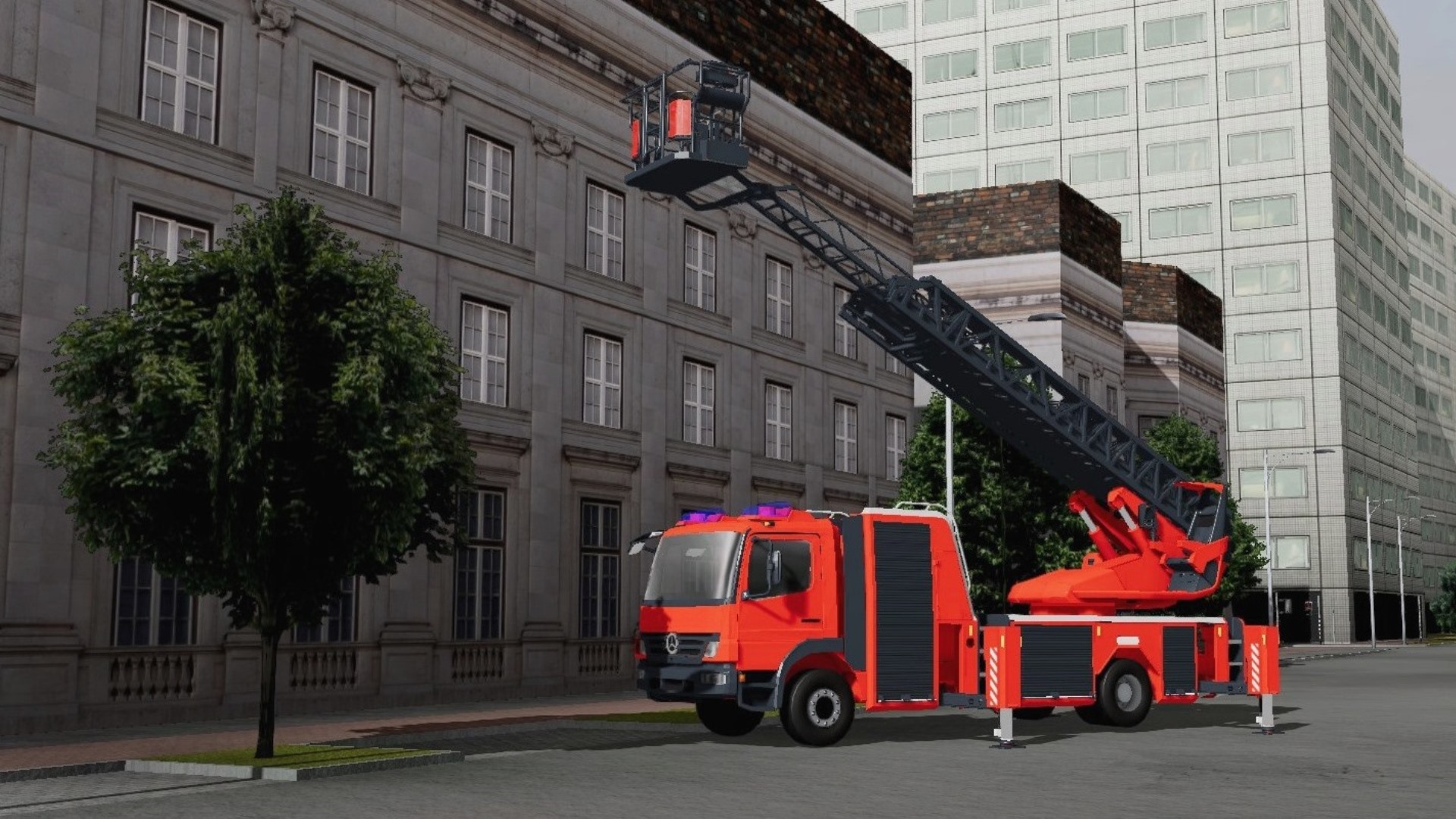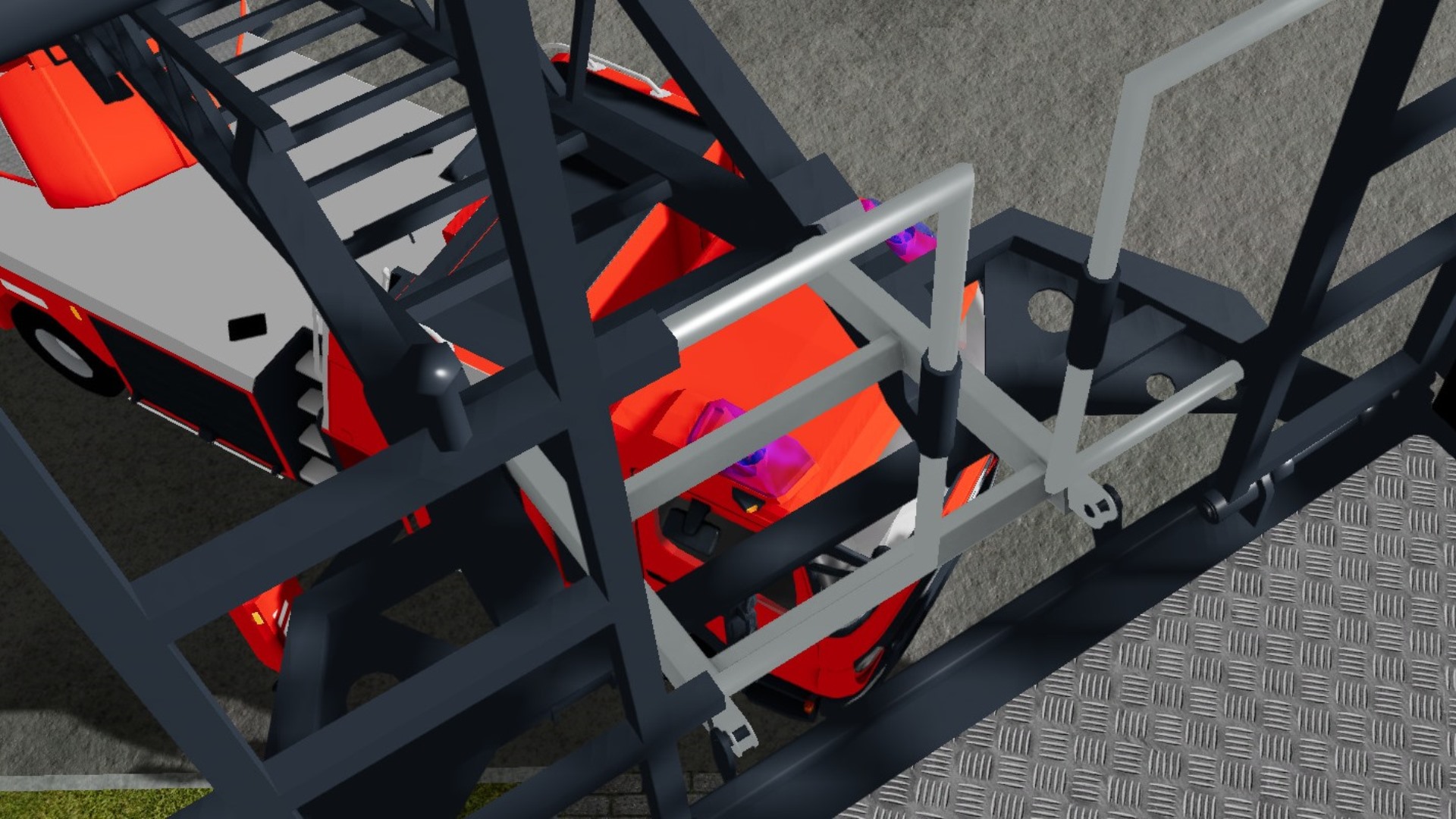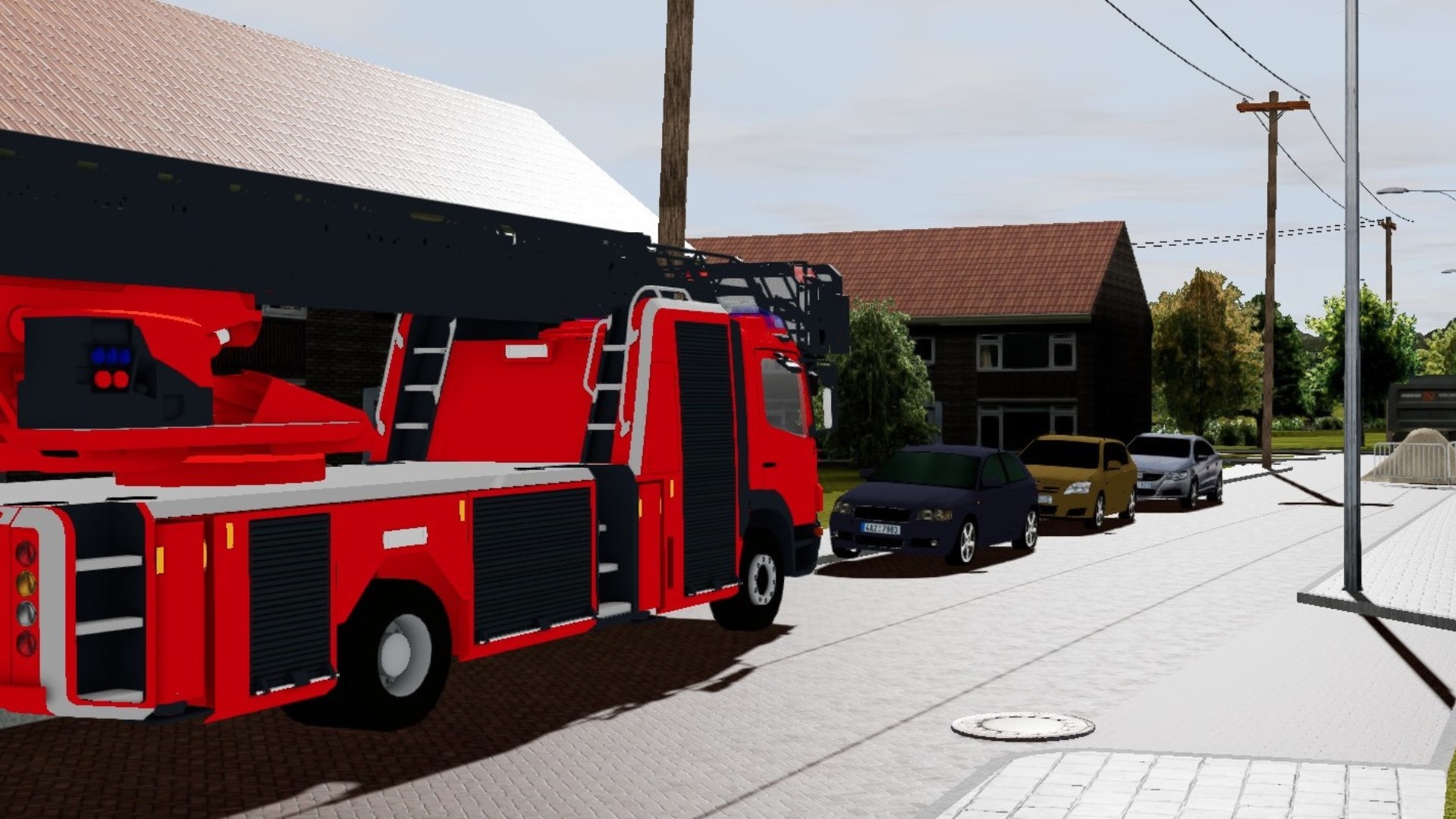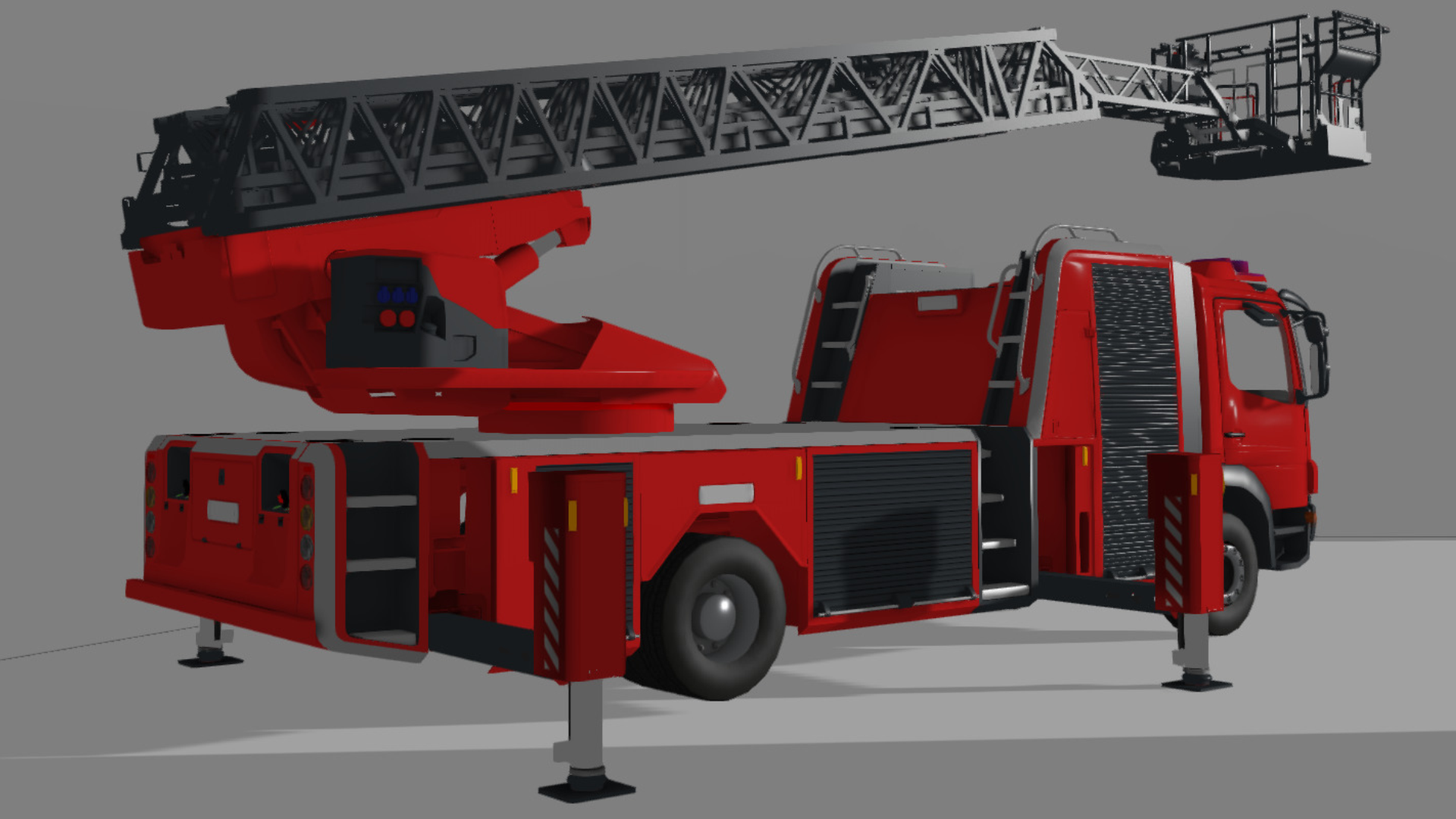ADMS Vehicle
Train driving, operating vehicle controls, and tactical positioning in a safe environment without risking people, putting wear and tear on your vehicles, disrupting daily operations, and worrying about environmental regulations.
Vehicle Product Range
There are currently five variations of our vehicle product range. Each system can be modified to fit your training needs.
ARFF
Designed to train crews in ARFF tactics and operations of ARFF Trucks.
Airport Driving Simulator
Used to train, evaluate, and refresh airport drivers.
Emergency Response
Driving Simulator
Used to train deployment of emergency vehicles in urban areas.
Aerial Ladder
Tactical Simulator
Designed to train crews in ARFF tactics and operations of ARFF Trucks.
Pump Operation Simulator
Learn pump operations and make critical decisions under pressure.
ADMS TECHNOLOGY
Vehicle Simulation
With our 20 years’ experience, we specialize in providing realistic vehicle behavior, physics, and high-quality geospecific areas where trainees can train as they fight in simulators. We work closely together with our customers and vehicle manufacturers to develop the most realistic simulation training possible.
We simulate your geospecific areas, vehicles, and equipment, including realistic limits like water capacity, throwing reach, and acceleration. Geospecific areas like airports are simulated in various levels of detail that matches your training requirements and available budget.
With the Artificial Intelligence built into ADMS, we can simulate realistic behavior such as aircraft evacuation, traffic flow, and fire spread. With the power of ADMS, training staff can easily create an unlimited number of scenarios using the instructor toolset. This allows your organization to train any situations that would be difficult or impossible to train in real life.
Instructors have full control over creating exercises with the instructor toolset; here, they can build incident scenes with the Smart Model Library and control the time of day, weather, and wind.
Hardware Layouts
ADMS vehicle training systems are available in a variety of hardware layouts. All ADMS simulators, including Command Training systems, can be linked together for team training exercises to facilitate large scale incident scenarios.
Full Cab
The Full Cab includes a real vehicle cab including authentic controls such as turret controls, pump panel, and driver panel. The Full Cab is situated within a 208° field of view panoramic immersive projection screen. The mirror views are displayed on small monitors mounted on the actual mirror bars.
Mini Cab
The Mini Cab configuration includes a dashboard with the instrument panel, center console, seat(s), steering wheel and pedals. Vehicle mirrors and wipers are displayed in-screen. The visual display consists of three 55" UHD monitors for the single-seat version, and up to six screens for the dual seat simulator. One of the screens provides an overhead view. The Mini Cab Simulator is also available as a mobile training unit, built into a trailer or container.
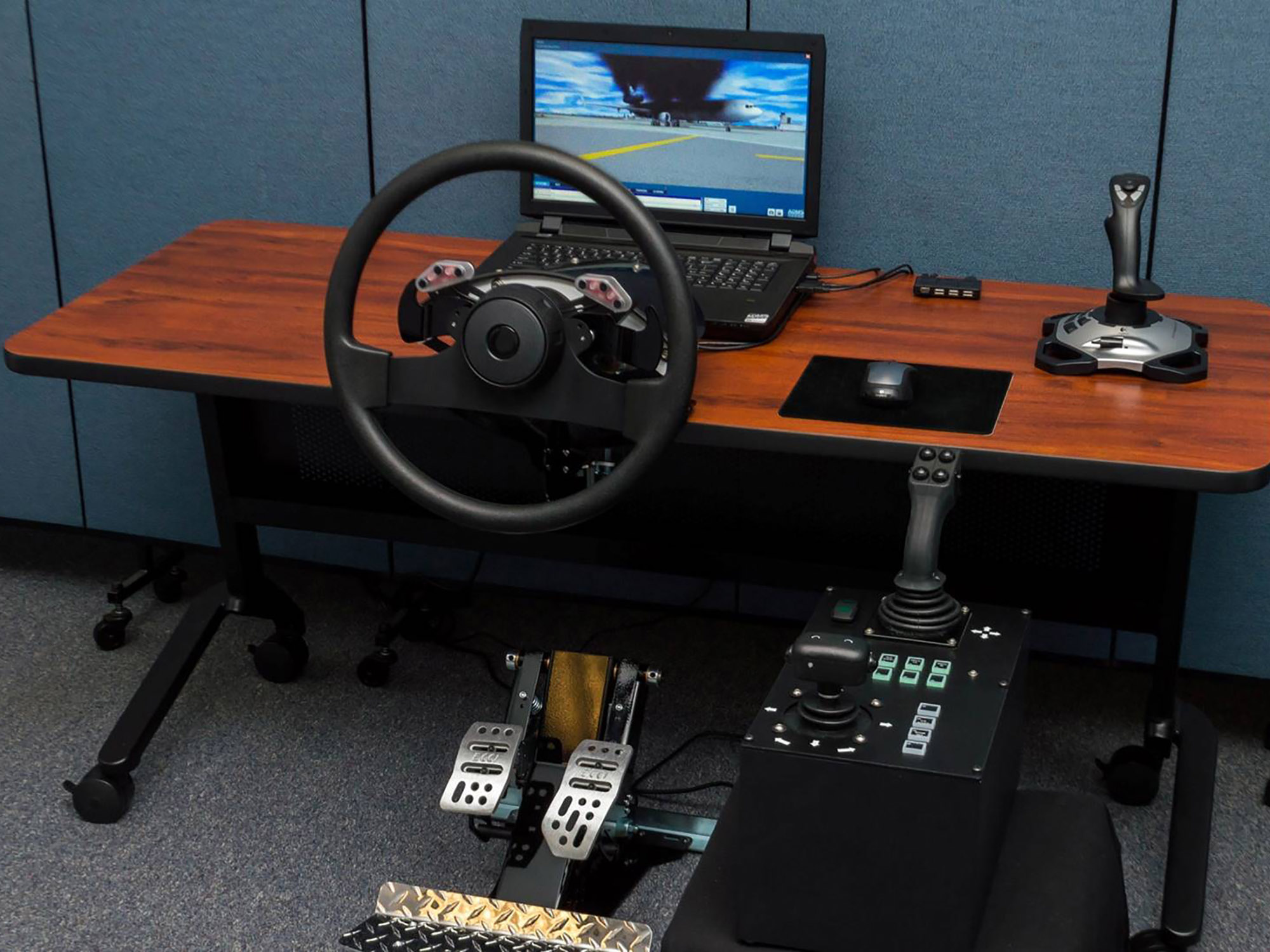
Desktop Trainer
The Desktop Trainer is a smaller scale system, consisting of a vehicle turret console, generic steering wheel with selection buttons for gear, lights, and wipers. The visual displays are typically 24″ – 32″ HD monitors. The system can be packed in portable transportation cases, ideal for providing training in different locations, or when there is no dedicated room available.
ARFF
The ARFF (Aircraft Rescue and Firefighting) vehicle simulator is designed to train crews in the deployment and operation of an ARFF truck. The simulator's advantage is that you can train a wide variety of scenarios without the costs and safety concerns associated with real vehicle use or live-fire training.
Vehicle operators will gain the experience and confidence necessary to perform under extreme conditions and in all kinds of scenarios, ultimately better preparing them for real-world incidents and live-exercises.
The ARFF Simulator facilitates:
- Fire fighting with turrets and use of foam, water, dry chem, and halon
- FLIR training
- ARFF Truck familiarization
- Airport familiarization and communication
- Aircraft incident response training
- HRET training
HRET Simulation can be used to increase and maintain proficiency in the use of a High Reach Extendable Turret.
This virtual training device includes a center console that represents the authentic maneuvering operation and controller interface of the vehicle, with the boom movement dynamics and aircraft skin-piercing accurately simulated.
With this simulator, operators learn how to use the HRET optimally with different aircraft types and fire scenarios. This kind of Computer Based Training is described in FAA Advisory Circular AC 150/5220-10E and can be used to comply with Job Performance Requirement Qualification.
HRET Training Objectives:
- Turret range and flow settings
- Aiming exercises
- HRET FLIR exercises
- Blind operation
- Piercing exercises
Airport Emergency Response Training Environments and Scenarios
ADMS is available with a visual airport environment that is a detailed recreation of either your airport or a generic airport environment. The airports include structures, roads, runways, taxiways, signage, markings, lighting, ground vehicles, and aircraft movements. The simulator provides a selection of the most common aircraft which can be used to create scenarios, including:
- Aircraft fires during taking off and landing
- Evacuation of passengers including use of aircraft slides
- Large pool fires
- Engine fires
- Interior fires
- Undercarriage fires & hot brakes
- Refueling accidents near the gate
- Crashed aircraft
- Practice in low visibility conditions, day time, night time
- Operate turrets in severe weather conditions
AIRPORT DRIVING SIMULATOR
The Airport Driving Simulator is used to train, evaluate and refresh all airport drivers and emergency vehicle operators in the proper operation of sophisticated ground vehicles, snow removal, airport familiarization, and airport rules of the road.
It is created specifically to address FAA Part 139 Airside Safety Compliance.
If you are tasked with airport operations safety and training, then Drive is the training simulator that will improve the skills and effectiveness of your airport drivers without disrupting daily safe airport operations. It allows airport personnel to train 7 days a week, 24 hours a day, in a safe, environmentally friendly, and realistic manner.
We can match elements such as structures, roads, runways, taxiways, signage, markings, and lighting within inches of geospatial reality. The simulation includes autonomous aircraft and ground vehicles operating around the facility, emulating a busy airport environment.
Drive is available with customizable sets of vehicle profiles for multiple-vehicle training on a single system. Each vehicle profile has individual dynamics data that determines how the vehicle reacts to curves, turns, acceleration, deceleration, wind resistance, terrain traction, and the vehicle’s reaction to gravity and inertia, with and without cargo, fuel or fire suppression agent. Each vehicle dynamics set includes specific tire models, brake models, spring dampening/suspension models, and power train models.
Emergency Response Driving Simulator
Train emergency response driving with our ERDS simulator, fully based on ADMS, and optimized for educating driving trainees without the risk involved in practical exercises.
The road system and Smart Model Library allow for the flexible and easy creation of challenges that drivers will experience in real life, such as crossings, pedestrians, and roadblocks. Instructors have easy control of the traffic flow, traffic lights, and weather conditions.
We can simulate various types of emergency vehicles, responses to emergency vehicles such as splitting lanes, pulling over, and ignoring of blue lights. Unlike other driving simulators, users have full access to the environment to drive around and get to the scene.
Aerial Ladder Tactical Simulator
The Aerial Ladder Tactical Simulator is the result of close cooperation between ETC Simulation and Rosenbauer. It allows for training tactical operations of aerial ladders without risk to personnel and equipment.
Trainees will enter the virtual world with joystick controllers and VR glasses for full 360-degree immersion. Trainees are in full command of the aerial ladder, including tactical operations and turret operations, to train correct procedures and placement. The virtual aerial ladder, Rosenbauer-XS, has the same characteristics as the original.
The environment is filled with various buildings and surfaces that provide different aerial ladder operations challenges. Instructors have multiple objects available to build scenarios with a wide variety of obstacles, such as powerlines, trees, vehicles, and bystanders.
Instructors can activate each window from every building in the scene to place casualties to be rescued, together with various fire and smoke objects.
Pump Operation Simulator
The Pump Operation Simulator, developed in partnership with Rosenbauer built on the robust foundation of the ADMS simulation platform. This cutting-edge simulator offers a truly immersive experience, designed to replicate the precise operation of the Rosenbauer AT fire truck pump as found at the rear of the truck. What truly sets this simulator apart is its integration of authentic Rosenbauer hardware and control software. With our simulator, trainees can practice using the same controls they'll encounter on their fire trucks, including realistic simulations of water pressure and water flows of the vehicle and agent-carrying equipment. Whether it's mastering pump operations, understanding control systems, or honing critical decision-making skills in high-pressure situations, our Pump Operation Simulator provides a safe and realistic environment for training and skill development. Trainees can execute tasks such as:
- Select various hoses and lengths such as low-pressure, high-pressure, and hose reels
- Open and close outlet valves
- Use of water, foam, and CAFS (Compressed Air Foam System)
- Connect to hydrants, open water suctions, dividing breeches, and other trucks.
All while facing challenges like burst hoses, broken connections, and blocked suction hoses that actively impact pump readings. These scenarios, enriched by our Smart Model Library, are easily crafted by instructors to simulate a wide array of incidents.
This simulator will seamlessly integrate with other products from our ADMS simulation platform, such as our Emergency Response Driving Simulator. You can drive swiftly to the incident scene and take your place behind the pump control panel, supporting your fire teams in executing the incident commander's directives with precision. This provides trainees with a live view of evolving incidents, intensifying the training experience and preparing them for real-world high-pressure situations.
With this new addition, we are proud to offer a comprehensive training solution that not only enhances the capabilities of firefighting personnel but also contributes to more effective and confident response efforts in the field.
